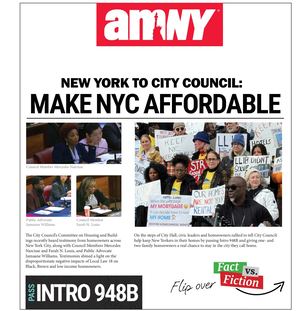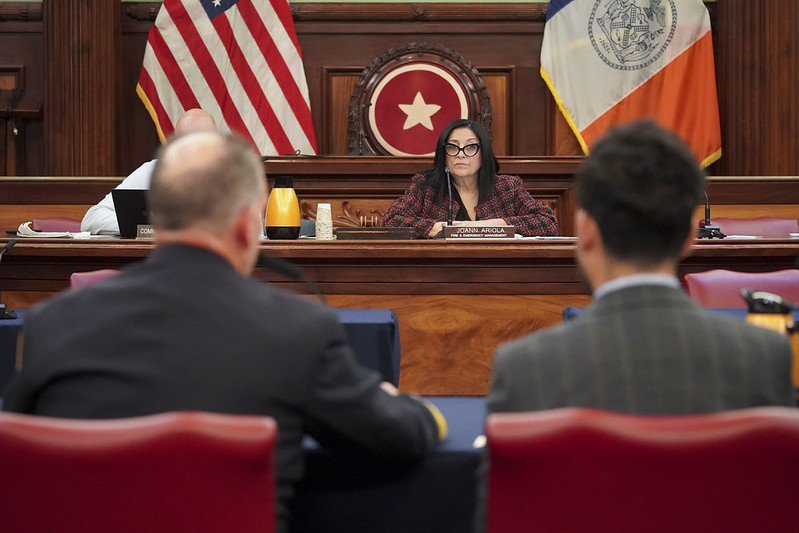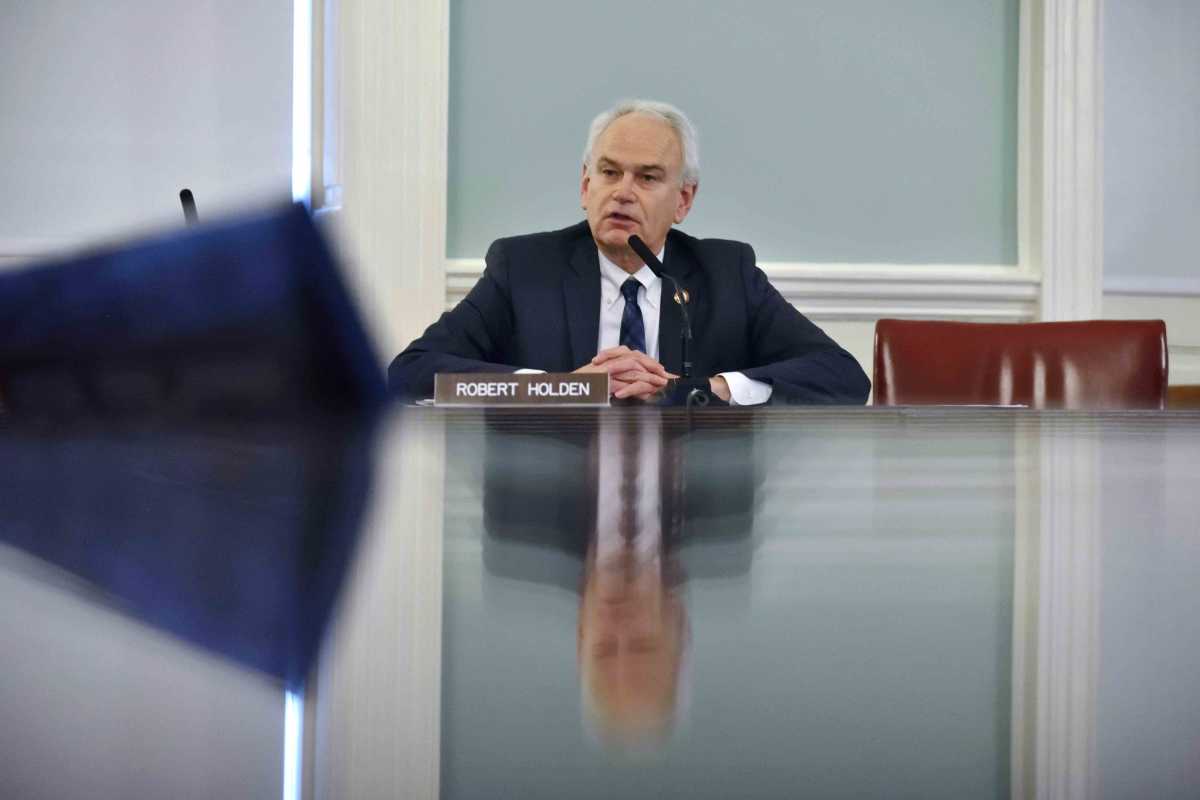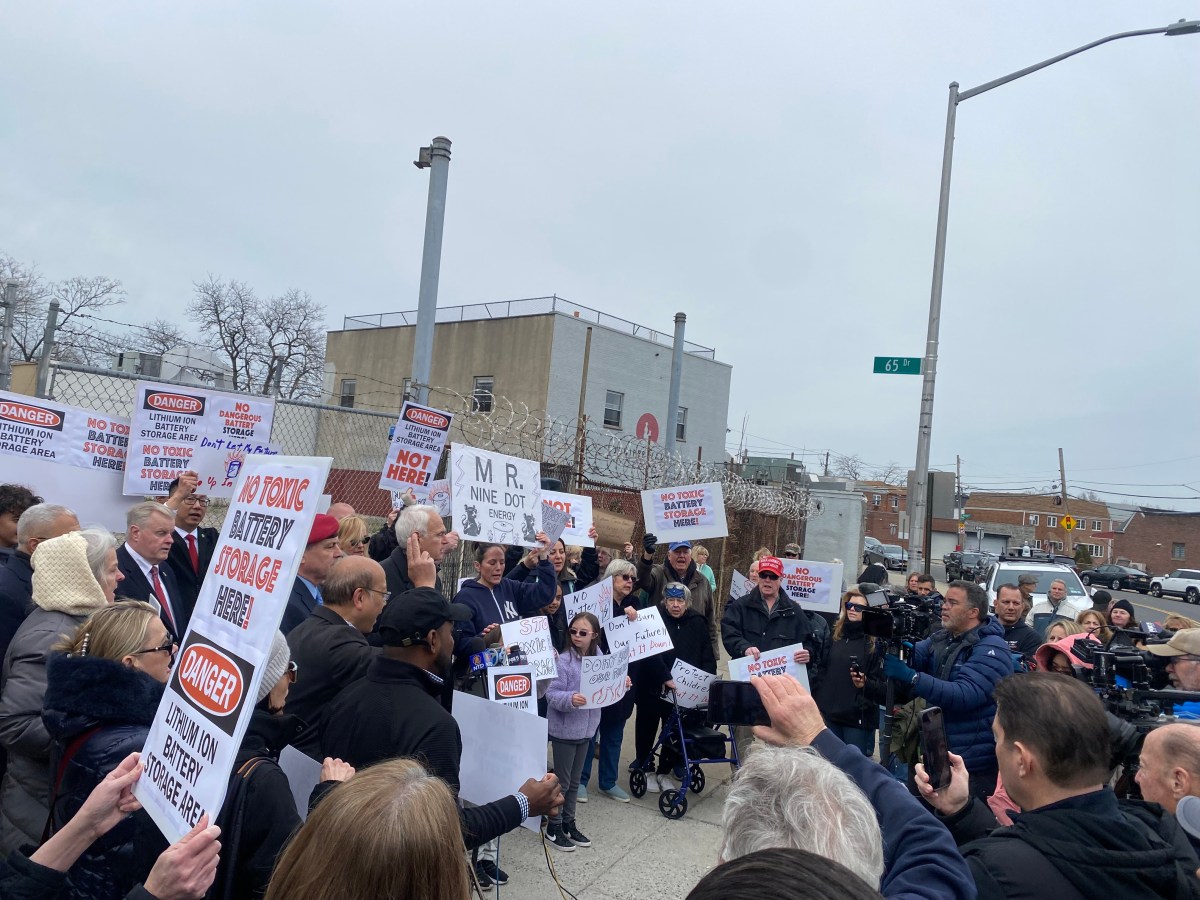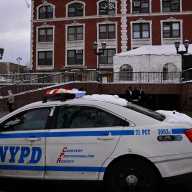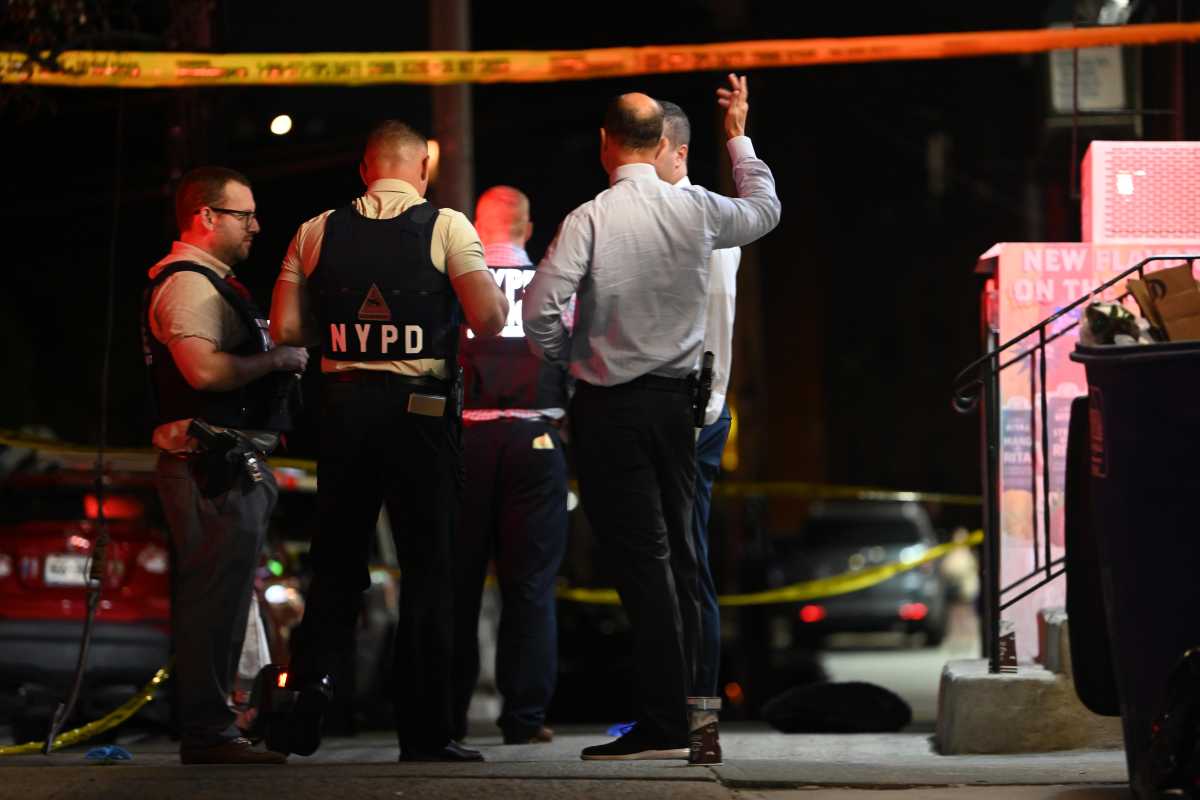FDNY officials and environmental advocates insisted Tuesday that New York City’s rigorous review system makes lithium-ion battery storage facilities safe enough to live next to during a tense City Council oversight hearing where lawmakers and residents pressed concerns about fire risks and facilities planned close to homes and schools.
Chief Thomas Currao, who leads the FDNY’s Bureau of Fire Prevention, said the department’s multilayered safety checks have made the city’s oversight “the benchmark for the safety of urban energy storage systems.”
“The FDNY represents a multi-step safety gateway,” Currao said, detailing full-scale fire testing, plan reviews, and inspections before any site is approved. “We have code that is widely recognized as the most robust, comprehensive, and strict in the country.”
Lithium-ion battery energy storage systems, also known as BESS, store renewable energy and release it when demand peaks, often on sweltering days when the grid is under strain. Supporters argue that they are crucial to replacing fossil-fuel “peaker” plants, particularly in densely populated cities.
Energy storage facilities, also known as battery farms, are popping up citywide as New York state transitions from 359 to 6,000 megawatts of storage to meet its clean-energy mandates. Their arrival has sparked sustained protests from locals across Staten Island, Queens, and Brooklyn, who have expressed frustration about their lack of input.
In 2023, several battery fires occurred across New York, smoldering intermittently for days from Jefferson County in the north to Orange County in the south. In January, a fire at one of the world’s largest BESS plants in Northern California forced the evacuation of about 1,500 people and shut down a major highway.
Fire incidents like these have only amplified scrutiny of BESS in residential areas.
Under city code, battery farms may be sited as close as 10 feet from neighboring properties, a standard that residents and some lawmakers argue needs fine-tuning in a dense, row-house city.
Would the FDNY live next door to one?
Anxiety also persists among residents who continue to associate lithium batteries with the hundreds of fires caused by uncertified e-bike devices each year.
FDNY officials stressed the distinction at Tuesday’s Committee on Fire and Emergency Management.
Chief Joseph Loftus, who heads the department’s hazardous materials unit, said more than 90 percent of the battery fires the FDNY responds to involve uncertified consumer products — not industrial storage systems like those being built around the city.
“When it comes down to battery energy storage systems… these are highly engineered,” Loftus said. “They have what they call a battery management system. If there’s a failure, it shuts down beforehand. We can remotely monitor it. It regulates the battery’s health.”
Loftus cited national data that he said shows growth in technology has coincided with a decline in risk.
“We’ve had a 98 percent decrease in fires in these highly engineered systems,” he said, despite what he described as a 25,000-percent increase in installations over the past six years.
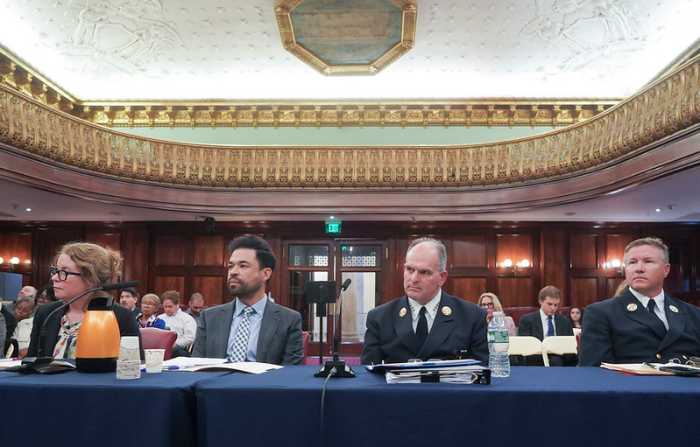
Committee Chair Joann Ariola, who represents parts of Queens, pushed FDNY officials to back up their confidence in personal terms.
When asked whether he would feel comfortable living next door to a battery site, Loftus responded, “As for safety reasons, yes, I would be very confident in the fire department, the technology that’s allowed in there… I would be confident that the fire department can handle a situation.”
Ariola shot back: “You might be the only person in New York City who feels that way… people in my community and many others don’t feel safe because these battery energy storage systems are going into residential areas when they could be put in more industrial areas.”
“We’re not against clean energy,” she added. “We’re against placing these facilities right on top of our communities.”
‘How stupid is this?’
Council Member Robert Holden of Queens joined Chair Joann Ariola in pressing officials on why large-scale lithium-ion battery storage systems were being placed in residential neighborhoods rather than industrial zones.
Holden said one proposed site in his district would be “right across from a cage with over 1,100 students,” calling the decision “a farce.”
“Would you worry about your kids going to that school?” he asked FDNY officials. “When you said you can’t put out the fire, you let them burn? There’s thermal runaway in the air that could be deadly to human beings.”
FDNY Chief Joseph Loftus acknowledged that in the event of a lithium-ion battery fire, the department’s strategy often involves containing the blaze rather than extinguishing it outright.
“We could [put them out], but I wouldn’t,” Loftus said. “By putting them out, you could have an explosion. There’s gas that could trap it, so we let them burn. That’s the policy that we have in the FDNY.”
Holden said that the response reinforced his fears about the technology’s safety. “Other cities and states have put this in industrial areas,” he said. “But New York City, which is very congested, crowded, and everybody’s on top of one another, we think it should be right across from schools? How stupid is this?”
He accused the city of prioritizing private developers and zoning flexibility over public safety. “We’ve been sold out,” Holden said. “The administration is telling us, well, we’re not really siting these, the City of Yes allows this. Are you kidding? This is such a farce.”
He urged the Council to impose strict setback rules and relocate battery storage to manufacturing zones. “We need zoning on this,” Holden said. “We need to have these in industrial areas away from residential, because people are afraid.”
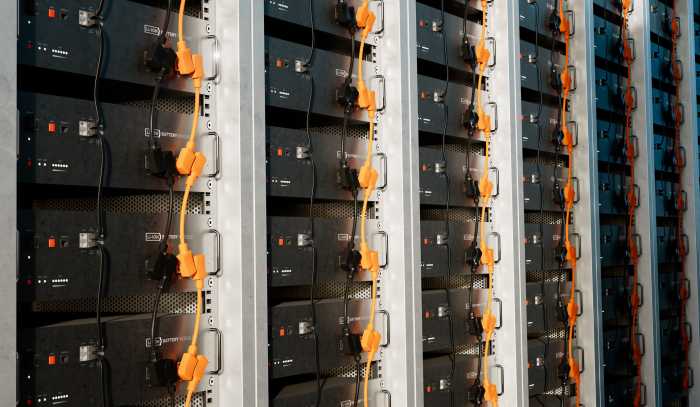
Officials from the Mayor’s Office of Climate and Environmental Justice defended the policy, saying batteries need to be located near where the electricity is consumed to stabilize the grid.
“You need these storage units in the areas that are actually using the energy,” said Deputy Executive Director Kathleen Schmid. “If they’re too far away, they don’t provide those local benefits to the residents that need them.”
Holden pressed back, arguing that upstate New York hosts facilities miles from populated areas. “Upstate, sometimes it’s 10 miles away,” he said. “Tell me why it’s different upstate than it is here.”
Schmid responded that New York City’s dense urban grid makes its infrastructure fundamentally different.
“The upstate grid is much more dispersed,” she said. “Their substations are farther apart. In the city, we have many smaller substations that serve different, tighter footprints. The relationship of the energy storage station to the larger distribution grid directs where the energy can be helpful when it’s being used.”
‘Safer than fossil fuels’
Clean-energy and labor groups urged lawmakers not to stall the transition, arguing that the systems are needed to retire power plants that pollute vulnerable neighborhoods.
Pete Sikora, climate and inequality campaigns director for New York Communities for Change, said opponents at Tuesday’s hearing were “fear-mongering” the risks of energy storage and ignoring the dangers posed by existing fossil-fuel infrastructure.
Sikora said the issue was personal for his organization’s members, who struggle with high energy costs, pollution-related illness, and the effects of climate change.
“This issue is serious to our members, because we pay high bills. People are getting sick from asthma and other health-related illnesses. Climate crisis is a very serious threat, as we saw in Sandy, and our members need good jobs,” he said.
He argued that BESS could help lower costs and improve reliability.
“So BESS provides those things. It shifts energy to another time you can store it. That means you can save money on utility bills — very valuable stuff — and fear-mongering against it shouldn’t be acceptable,” he said.
Sikora insisted that the systems are safe and compared them to everyday technologies.
“This is not a dangerous device,” he said. “There are millions of these things in all our pockets. EVs are not dangerous — this is not a dangerous technology.”
Environmental advocates echoed that the city’s standards are already the strongest in the nation. “Concerns about fire safety are certainly understandable,” said Alia Soomro of the New York League of Conservation Voters. “But FDNY leads the nation in fire prevention and safety protocols.”
Labor leaders also warned that slowing deployment would mean lost work. “Batteries help meet our climate goals, but they also can create good union jobs with family-sustaining wages, health and retirement benefits,” said Josh Kellerman of Climate Jobs New York.
Thomas McGuire of IBEW Local 3 stated that his members possess the necessary training to safely install and maintain the technology. “When installed correctly by power professionals with appropriate rules and regulations,” he said, “the future can and will be brighter.”
Playing with fire
Meanwhile, the residents who are seeing the ‘battery farms’ pop up in their neighborhoods testified Tuesday that they feel like unwilling experiment subjects in a technology they believe has not yet proven long-term safety.
Queens woman Jasmin Lawrence lives on 180th Street and Linden Boulevard in St. Albans, where company NineDot Energy is proposing a BESS “immediately adjacent” to her home.
“They say that these battery farms are safe, but safe for how long?” she told the committee. “There is no evidence that these lithium-ion battery farms will be safe one, five, 10, or 20 years from now… This proposed battery farm would be 10 feet from our house.”
She noted that her family is now embroiled in a legal dispute with the clean energy firm, founded in 2015 and based at the NYU Urban Future Lab at the NYU Tandon School of Engineering in Downtown Brooklyn. The legal battle began when NineDot Energy sued to gain access to their property for the development of the site.
Jasmin and her husband countersued alongside the Addisleigh Park Civic Association. A hearing is expected in Queens County Supreme Court next month.
“How do you lay your head down to sleep in peace,” she asked, “when your child’s bedroom is 10 feet away” from a potential hazard?
Locals have joined the Lawrence family in protesting against the plant every week. Last week, the developer behind a proposed Staten Island e-battery storage site withdrew its plans after facing sustained community protests.
Another resident, Andrea Scarborough, a board member of the Southeast Queens Residential Environmental Justice Coalition, urged the council to pass a resolution asking the New York State Legislature and the governor to approve A.6955-A/S.7197, which aims to ensure that battery energy storage systems are placed at a suitable distance away from nearby properties.
“Placement of these facilities near our homes benefits developers, not residents,” she said.
Her husband, William Scarborough, president of the Addisleigh Park Civic Organization and a former state assembly member, echoed that concern.
“We are not saying don’t build them,” he said. “We’re just saying don’t put them right up on our homes… Neither the FDNY nor developers can guarantee that these facilities will not catch fire.”
Scarborough said the city’s current zoning policies allow such projects “without any public review” and urged the Council to change that process.
Council Member Ariola thanked the residents and said their testimony underscored her point that battery energy storage systems “do not belong in residential areas.”
“This is about developers,” she said. “This is about money… You are the people who need to be heard.”
Speaking to amNewYork after the hearing, Council Member Ariola said she felt city officials had failed to provide clear answers about the health and safety impacts of lithium-ion battery storage sites, and vowed to push legislation requiring a 1,000-foot buffer between those facilities and nearby homes, schools, or churches.
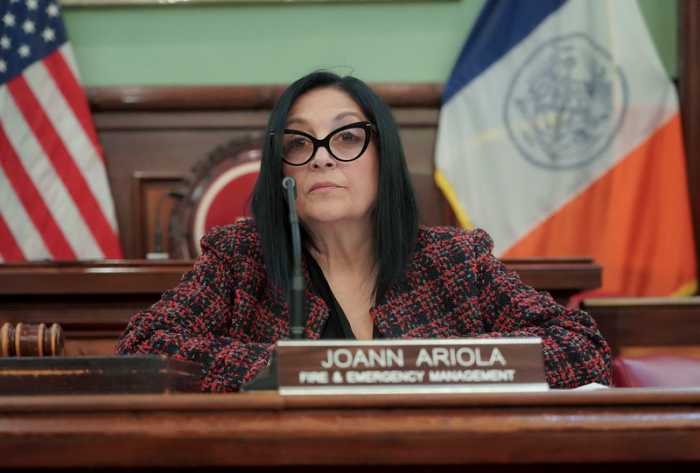
The council member said she left the hearing without any new information that could ease residents’ fears.
“I did not learn anything that I could bring to my communities to allay their fears about these battery storage units,” she said. “Nor was I given any reason from the administration why they’re arbitrarily placing them in residential communities.”
“The fire department always does their job, and it is their intention to make sure that those battery energy storage centers are safe,” Ariola said. “However, they had to admit that these are fires that cannot be put out — they’re fires that have to burn out.”
Ariola said that means potentially harmful emissions could escape into the air during a fire, and that the city had no data on what those emissions might contain.
“I was very upset with the Mayor’s Office of Climate and Environmental Justice because they didn’t have any answers at all,” she said. “They didn’t have any studies at all, and they didn’t have any interest at all in finding out how it could negatively impact the air quality when these BESS are in residential areas.”
Ariola, who co-sponsored the setback resolution with Holden, said she expects movement on the measure by early next year.
“These are not good neighbors,” she said. “These are developers looking to make a buck.”
